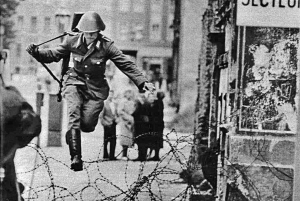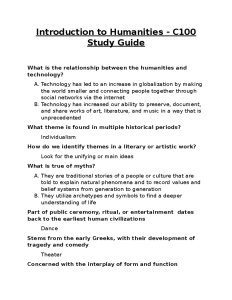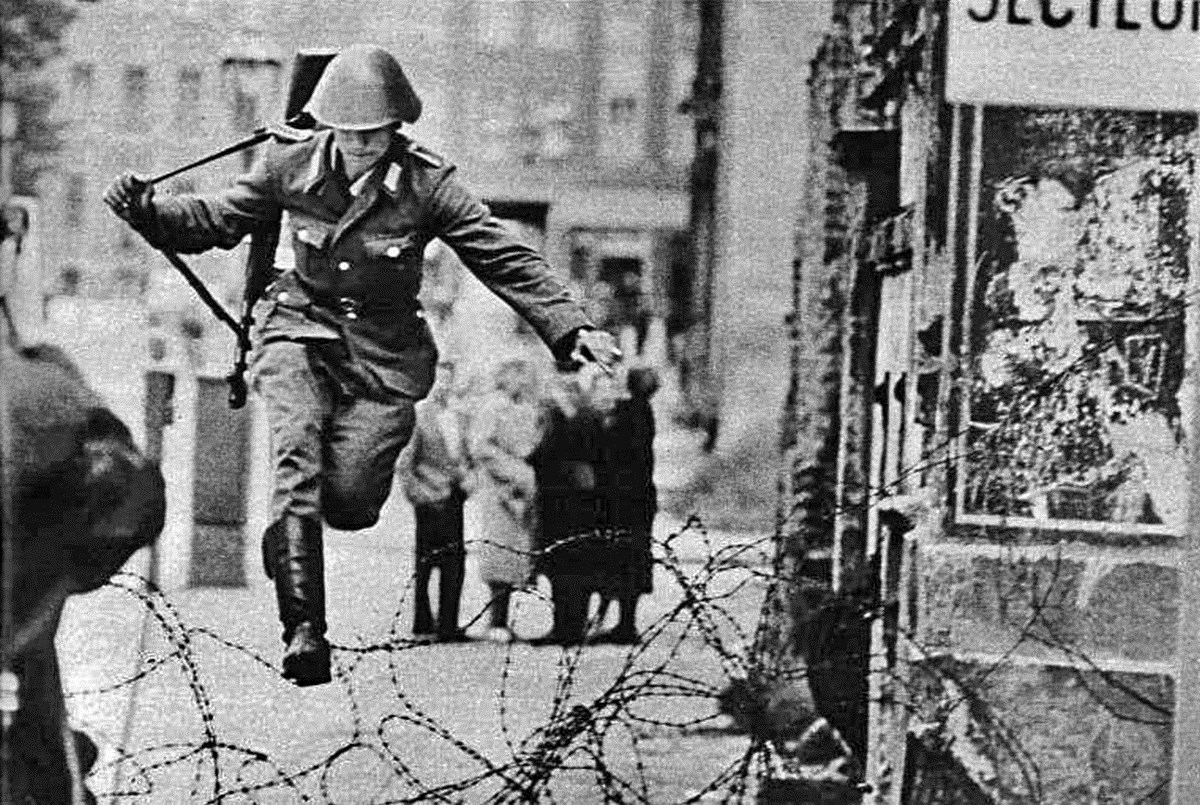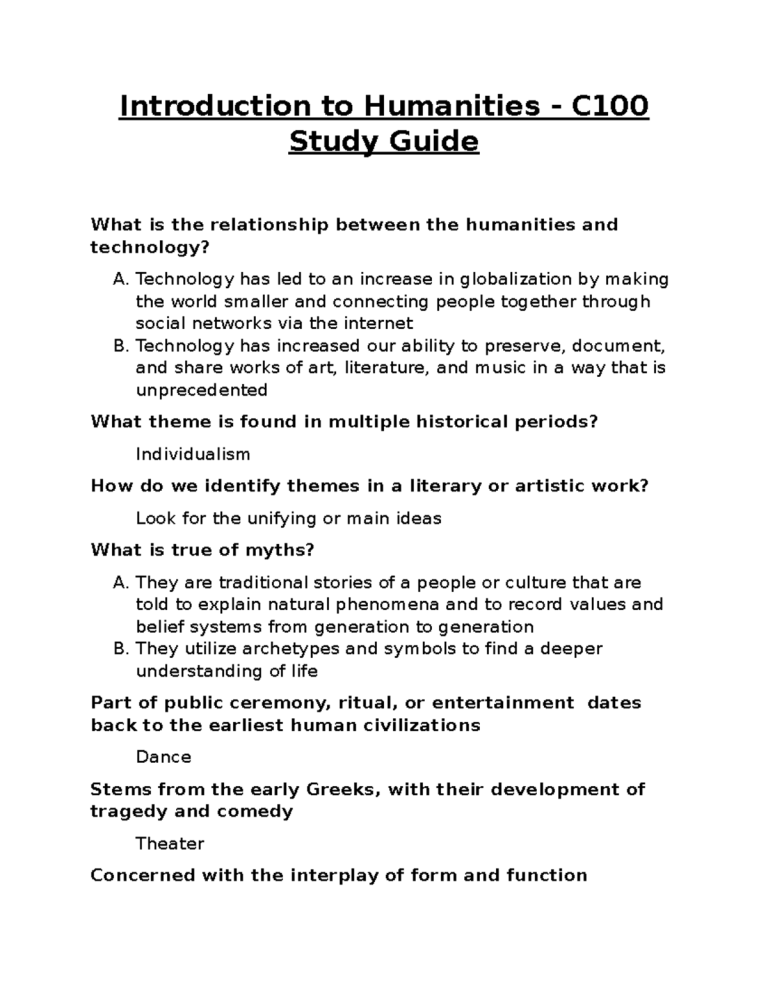German identity during the Cold War is a captivating topic that continues to shape contemporary discussions about national identity and political culture in Germany. The division between East and West Germany did not merely create geographical boundaries; it fostered deeply entrenched views on identity, politics, and culture that persist today. Addie Esposito’s thesis delves into this persistent divide, analyzing how the Cold War’s influence on Germany has led to distinct identities among its citizens. Through her research, Esposito uncovers the complexities of East German identity and its resilience, shaped by unique historical experiences that differ from those of their West German counterparts. As Germany navigates its modern political landscape, understanding this dichotomy remains crucial for appreciating the broader implications of its unified yet culturally diverse society.
The Cold War’s impact on Germany is mirrored in the ongoing dialogue about national identity and the political landscape that has emerged from this historical period. As the geopolitical tensions between East and West molded the psyche of a nation, distinct identities blossomed within its divided borders. Analyzing events surrounding the Berlin Wall, one can uncover rich narratives that provide insight into the varied expressions of being German, from the proud East German identity to a more unified German essence. In the realm of modern political discourse, these historical legacies remain evident, influencing both cultural pride and the political affiliations of individuals who grew up amid these divergent systems. As scholars like Addie Esposito explore these dynamics, the importance of understanding the lasting effects of cold war influences on German identity is more relevant than ever.
The Enduring Legacy of East and West Germany’s Divide
The Cold War era significantly influenced German identity, particularly through the historical separation of East and West Germany. After the Berlin Wall fell in 1989, many believed that reunification would seamlessly integrate the two identities, but that assumption proved overly optimistic. In her thesis, Addie Esposito reveals that more than half of parliamentarians from the former East Germany still identify primarily as East German. This strong identification persists, reflecting an enduring consciousness of the challenges faced during the Cold War and the socio-political ramifications that followed.
Esposito’s research provides essential insights into how the Cold War continues to shape contemporary German political culture. The persistent divide highlights not only historical grievances but also cultural differences between East and West. Interestingly, her findings reveal that younger generations of East Germans—those who were born after the collapse of the GDR—still strongly identify with their regional history. This phenomenon underscores a unique aspect of the East German identity, which fosters a sense of community and continuity even in the face of past adversities.
Frequently Asked Questions
How did the Cold War influence German identity in both East and West Germany?
The Cold War had a profound impact on German identity by entrenching the divide between East and West Germany. In East Germany, identity was shaped by anti-fascist propaganda and a focus on socialist ideals, instilling a strong sense of distinctiveness among its citizens. This resulted in the development of an ‘East German identity’ rooted in overcoming adversity. Conversely, West Germany emphasized themes of democracy and European integration, leading to a more fluid identity that often transcended regional ties.
What is the significance of Addie Esposito’s thesis regarding East and West German identity?
Addie Esposito’s thesis provides a critical analysis of the persistent divide in German identity established during the Cold War. Her research illustrates how, even decades after reunification, many parliamentarians from the former East still identify primarily as East Germans. This underscores the enduring influence of the Cold War on German political culture and how historical legacies continue to shape individuals’ perceptions of their identities in a unified Germany.
What traits characterize East German identity according to contemporary research?
Contemporary research, including that by Addie Esposito, reveals that East German identity is characterized by a strong sense of shared history and community, often viewed through the lens of overcoming historical adversity. Many East Germans maintain a robust identification with their region that is distinct from West Germans, highlighting a unique political culture and contrasting responses to national pride.
How do perceptions of national pride differ between East and West Germans?
Perceptions of national pride between East and West Germans differ significantly, as highlighted in Esposito’s findings. West Germans often express pride in Germany’s achievements but avoid outright pride in their national identity, reflecting a complex historical consciousness. In contrast, East Germans typically exhibit more straightforward expressions of pride, claiming a sense of ownership over their contributions to reunification and national history.
What role does the concept of ‘additive identity’ play in the context of Cold War German identities?
The concept of ‘additive identity’ suggests that individuals can maintain multiple layers of identity simultaneously. In the context of Cold War German identities, this means that many East Germans can identify as both East German and broadly German. This duality reflects the historical influences and ongoing socioeconomic disparities stemming from the Cold War, showcasing the complex nature of identity in reunified Germany.
| Key Points | Details |
|---|---|
| Thesis Overview | Addie Esposito examines the persistent divide between East and West Germany and how it shapes modern German identity. |
| Historical Context | Germany was unified in 1990 after the Cold War, but significant regional divides remain. |
| Research Methodology | Esposito interviewed 183 parliamentarians, including members from both East and West Germany, to gain insights into their identities. |
| East German Identity | More than half of parliamentarians from the former GDR identify as East German, indicating a strong regional attachment. |
| West German Identity | Only 9% of surveyed parliamentarians identify primarily as West German; many prefer broader identities. |
| Societal Perceptions | Differences in national pride: East Germans express pride without qualifiers, while West Germans often hesitate. |
| Future Aspirations | Esposito plans to pursue a Master’s in public policy and aims for a career in public service or diplomacy. |
Summary
The German identity during the Cold War period remains significant today, shaped by deep-seated regional divides between East and West Germany. As explored in Addie Esposito’s research, this identity continues to influence political culture and individual perceptions, indicating that historical events from the Cold War era persistently resonate in contemporary Germany. Understanding this complex identity helps us appreciate the socio-political landscape in Germany and the nuances involved in its reunification narrative.







